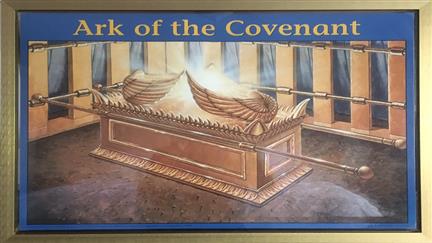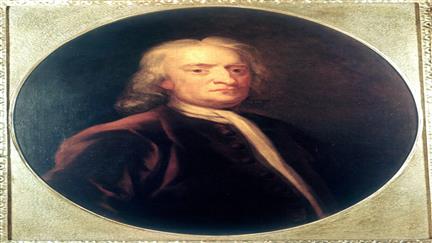When pondering the question of the deity of Jesus, a person may need to consider the possibility that another reality exists beyond the natural world. This is where faith comes in, reasonable, logical faith that is; not blind faith.

Was Jesus Really God?

Reflections on the Ark of the Covenant
God gave Moses extremely precise instructions for the construction of the Ark of the Covenant in Exodus 25:10-22. It was built to hold the tablets of the Ten Commandments and it represented God’s presence with the Israelites during the wilderness years. It contained three sacred items: a pot of manna bread from heaven, stone tablets inscribed with the Ten Commandments and the rod of Aaron with a fresh bud on it. These sacred items represented the Triune God, i.e., Father (stone tablet) Son (rod of Aaron with fresh bud) and Spirit (manna).

The “Aut Deus Aut Homo Malus” Argument
This post was taken from the essay I wrote for the final exam of the online Reasons for Faith course sponsored by OnlineChristianCourses.com.

New Age or New Birth?
Discussion of New Age practices vs. New Birth found in Christ.








